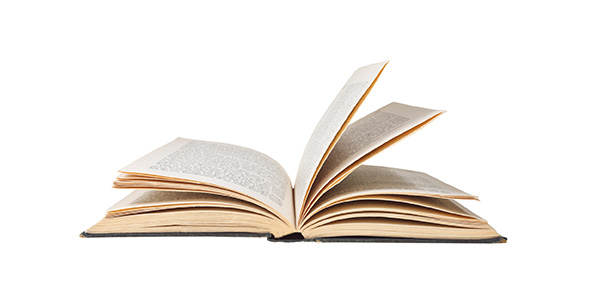Related Flashcards
Cards In This Set
| Front | Back |
|
How often do you bath somene?
|
- Critical care- every day and freshen at night
- Long Term Care (LTC) - 1X/week
|
|
What do you do if someone refuses a bath?
|
- Negotiate a different time
- Different staff
- Partial bath
|
|
Why do you dry thoroughly?
|
To prevent excessive moisture which can increase skin break down and growth of bacteria.
|
|
Do you rub the legs vigorously?
|
No.
- Clots may be dislodged
- Damage to legs
|
|
Things to consider when bathing someone:
|
- Avoid drafts
- Use warm water
- Prevent chilling
- Soap - sproam (hypoallergenic)
- Tub/ Shower safety
- Eye care- inside to out
- Ear care- Wash outer and behind ear
- Mouth care - q2h if NPO, brush during bath
- Hair care
- Foot care - do not cut nails of a diabetic foot care nurse can do that
- Shaving - do not share razors, bring their own, do not do on diabetic or person on blood thinners
- Back care - lotion, back rub
- Perineal care - every time you change a benefit, and morning and evening (partial). Retract foreskin. Wipe front to back.
|
|
Skin assessment:
|
- Color - pallor, flush, cyanosis
- Temperature
- Texture - moisture
- Lesions - distribution and location
|
|
Purpose for bathing:
Client
Nurse
|
Client:
- Cleanliness
- Self-esteem, wellbeing
- Circulation
- ROM
Nurse:
- Assessments and observations
- Build therapeutic relationship
- Teaching
|
|
Types of baths
|
1) Bed Bath:
- Complete - head to toe
- Partial - face, hands, pits, perineal (Evenings)
- Assisted - pt do most, assistance when needed
2) Tub Bath - not people with seizures or decreased mobility
3) Showers - w/c showers
4) Whirlpool
|
|
Moisturizing
|
Daily
-Sween24 - For mild to moderate dry, itchy, flaky, red skin; use once a day after bath
- Atrac-Tain Cream- For severly dry, cracked, fissured skin (heels), apply Am and Pm, recommended for daily use on diabetic clients feet
|
|
Products to prevent skin breakdown from moisture
|
- Non-rinse cleanser
- Skin sealant
- Barrier- zinc, petrolatum and wafer barriers
- Disposable briefs
- Condom catheters
- Drainage pouches
- Abscorbent Dressings
|
|
Braden Risk Assessment Scale
|
1) Sensory perception
2) Moisture
3) Activity
4) Mobility
5) Nutrition
6) Friction and Shear
< 14 = interventions
|
|
If red skin observed?
Things to consider to prevent a pressure ulcer.
|
1) Prevent skin breakdown- avoid massaging it, moisturize, avoid hot water or drying out, protect from friction (T&P, dressings)
2) Reduce Pressure- pressure relief or reduction
3) Reposition- TLR, T&P q2h, foam and pillows
4) Manage moisture- toileting schedule, absorbent briefs, barrier creams
5) Maximize nutrition- dietitian, speech therapy, OT
6) Enhance mobility and activity - rehabilitation
|
|
Upper urinary tract consists of:
Lower urinary tract consists of:
|
1) Kidneys, ureters
2) Bladder, urethra
|
|
Function of the kidneys
|
1) Filtration - filters 20-25% of cardiac output per miute
2) Excretion
3) Fluid and electrolyte balance - 99% that is filtered is reabsorbed, 1% excreted
4) RBC production- produces erythropoietin
5) BP regulation - produces renin
6) Bone mineralization- vitamin D conversion
|
|
Functional units of the kidneys
|
Nephron
Glomerulus- inside the nephron, filtrs blood and begins urine formation
|






